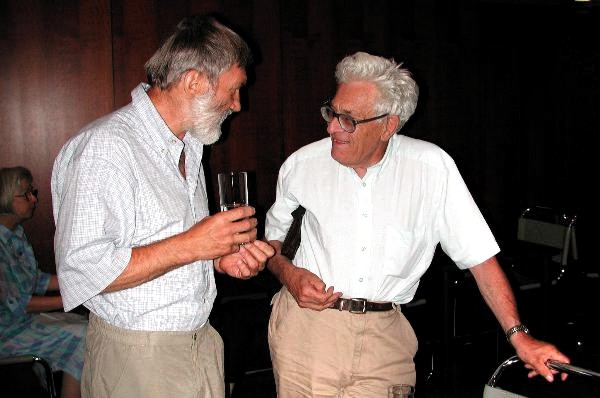

In the early days, her desperate efforts to continue to do research would appal even the most downtrodden postdoc. Meitner was astonishingly devoted to physics.


The letters to Hahn and others show that she was aggrieved by his behaviour after the controversial Nobel award ceremony in 1946, but she never allowed that to destroy their friendship. When away from the lab she and Hahn at times wrote to each other almost daily. In Lise Meitner: A Life in Physics Ruth Sime has produced a magnificent biography that should help to rescue Meitner from undeserved oblivion, drawing on her plentiful correspondence.

The rules are unwritten and open to abuse. The once harmonious scientific team, happily contemplating the shiny drop of eternal truth on the laboratory bench, must begin the credit carve-up: the order of names on papers, acknowledgments, citations of friends and rivals, who will present results at meeting. A Ce´zanne canvas hardly needs a signature the physicist’s work can all too easily blend anonymously into the common pool. This is the price of the scientific objectivity physicists value so much. But in a collaboration as close as Meitner and Hahn’s, it would be easier to draw lines on water than say who was responsible for what. Most physicists hanker, at least secretly, for a distinct scientific identity, a piece of the physical universe with their name carved on it. Her fate was to be known best as the woman who did not get a share of Hahn’s Nobel prize for the discovery of nuclear fission. She was a Jew she was also a timid Austrian emigre’. Meitner, rare as a positron in a sea of electrons, was a female physicist in 1907 Berlin, when women’s access to higher education was barred. Hahn was Meitner’s reflection in a mirror of privilege: male, affable, affluent and standard-issue German. Opposite they may have been, but not equal. In between they formed a partnership which in one way or another lasted 60 years. They were born in 1878 within a few months of each other they died ninety years later within two months of each other. IF scientists could be created by pair-production, like the particle antiparticle pairs that come from the gamma-ray decays, then the experimental nuclear physicists Lise Meitner and Otto Hahn could well be the result.


 0 kommentar(er)
0 kommentar(er)
